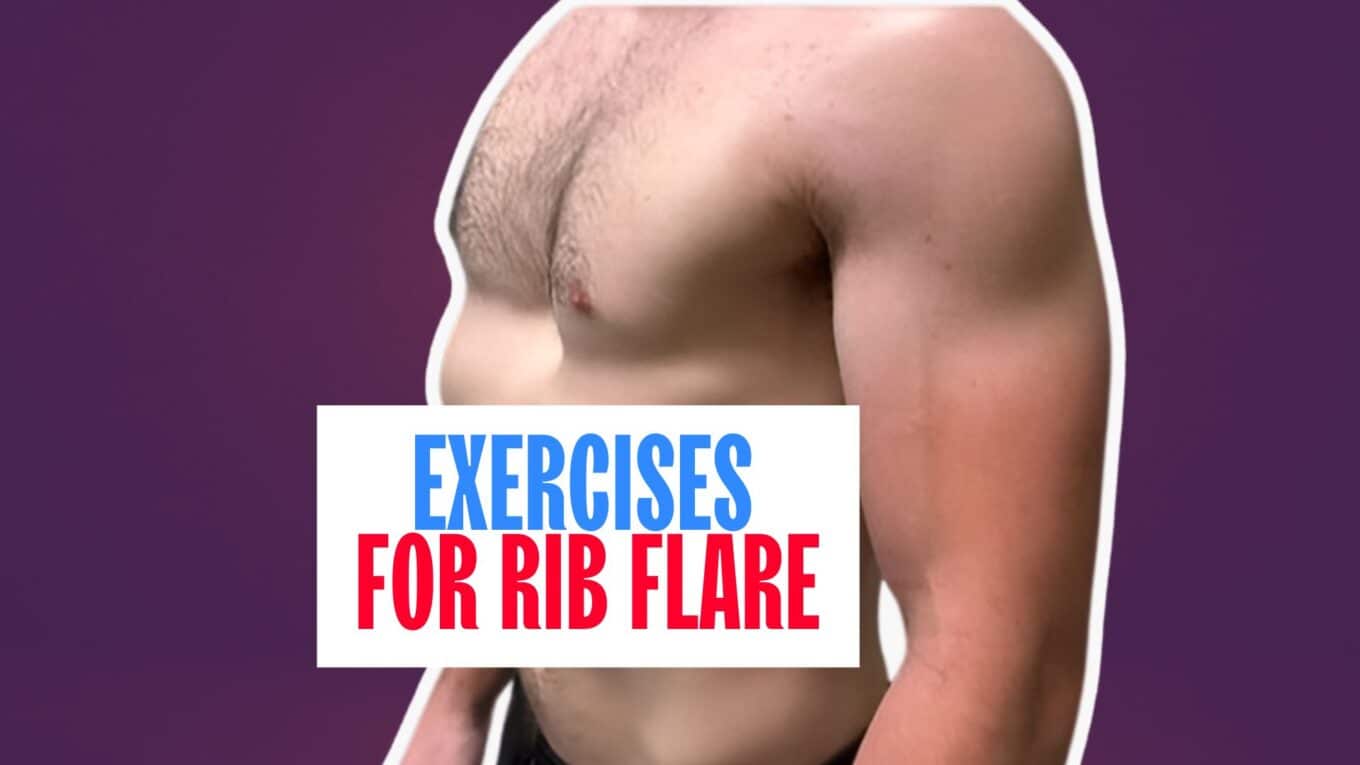In this post, you’ll discover 15 simple yet effective ways to alleviate the discomfort caused by flared ribs.
As someone who has experienced this condition firsthand, we have tried countless methods to find relief.
After extensive research and personal trials, we have compiled a list of the most successful natural remedies and stretches targeting flared rib pain’s root causes.
These techniques have helped us reclaim comfort and improve posture. Whether dealing with mild or severe symptoms, incorporating these remedies into your daily routine can make a noticeable difference.
So, let’s dive in and explore how you can start easing your flared rib pain today.
What is Rib Flare?
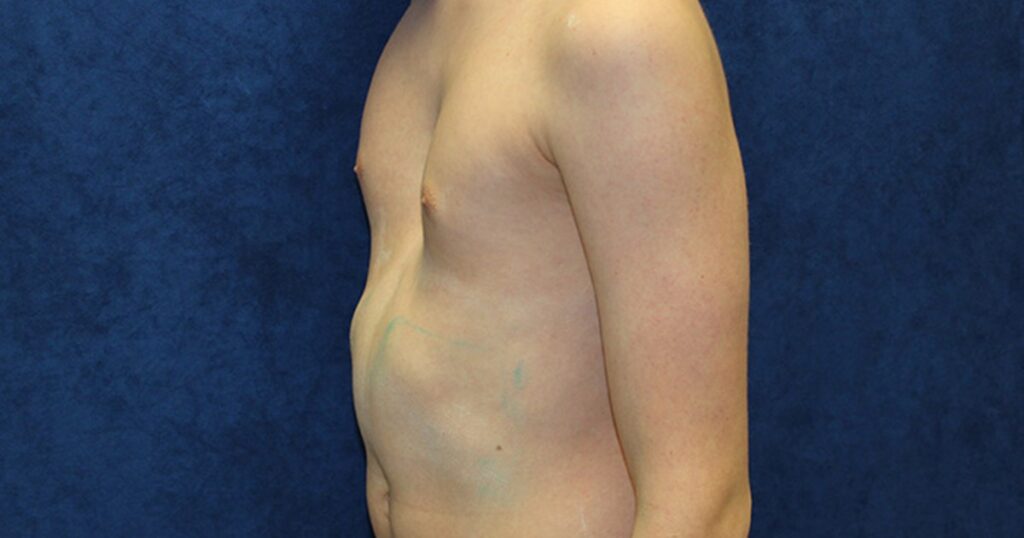
Rib flare, also known as “flared ribs,” is a postural condition where the lower portion of the rib cage protrudes forward and outward.
This misalignment often results in a noticeable arch in the lower back and can cause discomfort or pain in the surrounding areas.
Flared ribs occur when the abdominal muscles are weak or underactive while the lower back muscles are tight or overactive. This imbalance causes the ribcage to tilt forward and down, creating a gap between the lower ribs and pelvis.
The diaphragm, a key breathing muscle, may also be affected, leading to inefficient breathing patterns.
Some common factors contributing to rib flare include:
- Poor posture habits, such as slouching or excessive arching of the back
- Prolonged sitting or inactivity
- Muscular imbalances in the core and back
- Pregnancy and postpartum changes
- Certain congenital conditions or injuries
How to Identify Rib Flare
To determine if you have flared ribs, try this simple self-assessment:
- Stand sideways in front of a mirror with your arms relaxed.
- Observe the position of your lower ribs. You may have rib flare if they protrude significantly compared to your upper ribs.
- Place your hands on your hips, just below your ribs. If you feel a large gap or your hands tilt downward, this could indicate rib flare.
- Take a deep breath. If your ribs flare out more as you inhale, you likely have this condition.
If you suspect you have flared ribs, consult a healthcare professional for a proper diagnosis and treatment plan.
Natural Remedies to Fix a Rib Flare
1. Posture Correction

Good posture is crucial for maintaining proper body alignment and preventing muscle imbalances that can lead to flared ribs. When your posture is correct, your spine is neutral, and your muscles work harmoniously to support your body.
Daily Posture Awareness
One of the most effective ways to improve your posture is to be mindful throughout the day. Here are some simple tips to help you stay aware:
- Set reminders on your phone or computer to check your posture regularly
- Use posture-correcting apps that alert you when you start to slouch
- Place sticky notes in strategic locations as visual cues to sit or stand tall
Ergonomic Adjustments in Your Workspace
Making ergonomic adjustments to your workspace can help you maintain good posture while working:
- Ensure your chair height allows your feet to rest flat on the floor
- Adjust your desk height so your elbows are bent at a 90-degree angle when typing
- Position your computer monitor at eye level to avoid neck strain
Posture-Enhancing Exercises
Incorporating specific exercises into your daily routine can help strengthen the muscles that support good posture:
- Chin tucks: Gently draw your chin back, as if making a double chin, and hold for 5-10 seconds
- Shoulder blade squeezes: Squeeze your shoulder blades together, hold for 5-10 seconds, and release
- Wall angels: Stand with your back against a wall and slowly raise your arms up and down, keeping them in contact with the wall
2. Heat and Cold Therapy

Applying heat and cold therapy can be an effective way to manage flared rib pain. Each method works differently to provide relief and promote healing.
Applying Heat Therapy
There are several ways to apply heat therapy:
- Use a heating pad or warm compress on the painful area for 15-20 minutes at a time
- Take a warm bath or shower, focusing the water on your rib cage
- Apply heat packs or adhesive heat wraps for convenient, on-the-go relief
Applying Cold Therapy
There are several ways to apply cold therapy:
- Use an ice pack or cold compress on the painful area for 10-15 minutes at a time
- Apply a bag of frozen vegetables wrapped in a thin towel
- Use a cold therapy gel pack for targeted relief
Combining Heat and Cold Therapy
For optimal relief, consider alternating between heat and cold therapy. Start by applying heat to relax the muscles and increase blood flow. Switch to cold treatment after 15-20 minutes to reduce inflammation and numb pain. Repeat this cycle a few times a day for best results.
3. Hydration and Nutrition
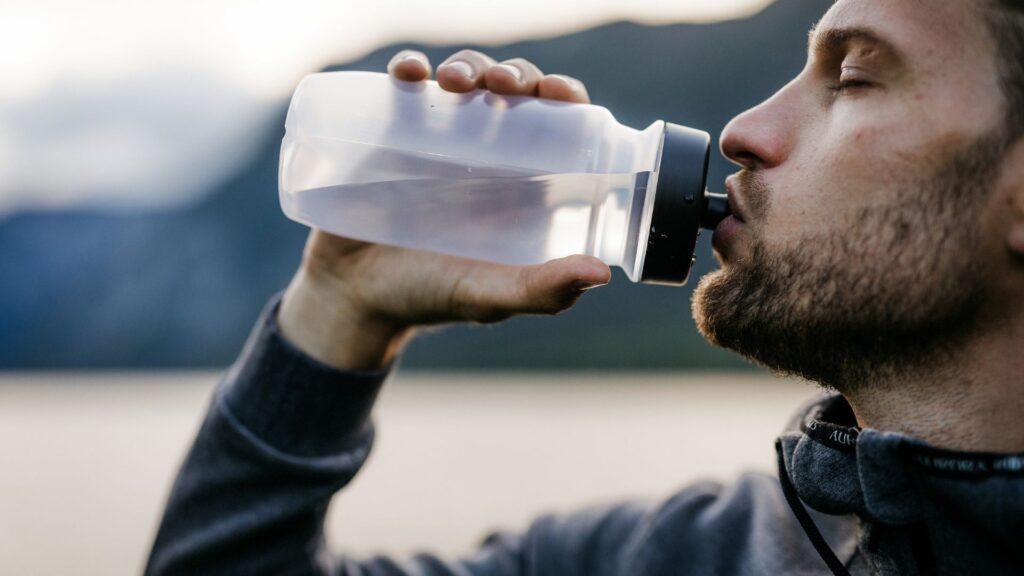
Staying hydrated and eating a balanced diet can play a significant role in managing flared rib pain.
Proper hydration is essential for maintaining flexible, healthy muscles. When dehydrated, your muscles can become stiff and more prone to injury. Aim to drink 8-10 glasses of water daily to keep your body well-hydrated.
Anti-Inflammatory Foods
Incorporating foods rich in antioxidants and omega-3 fatty acids can help reduce inflammation, which may contribute to flared rib pain. Some examples include:
- Berries, such as blueberries, raspberries, and strawberries
- Leafy greens, like spinach and kale
- Fatty fish, such as salmon, sardines, and mackerel
- Nuts and seeds, like almonds, walnuts, and flaxseeds
Supplements for Rib Health
Certain supplements can support muscle and bone health, which may help alleviate flared rib pain. Some beneficial supplements include:
- Vitamin D, which helps your body absorb calcium for strong bones
- Magnesium, which aids in muscle relaxation and pain relief
- Omega-3 fatty acids, which have anti-inflammatory properties
4. Herbal Remedies
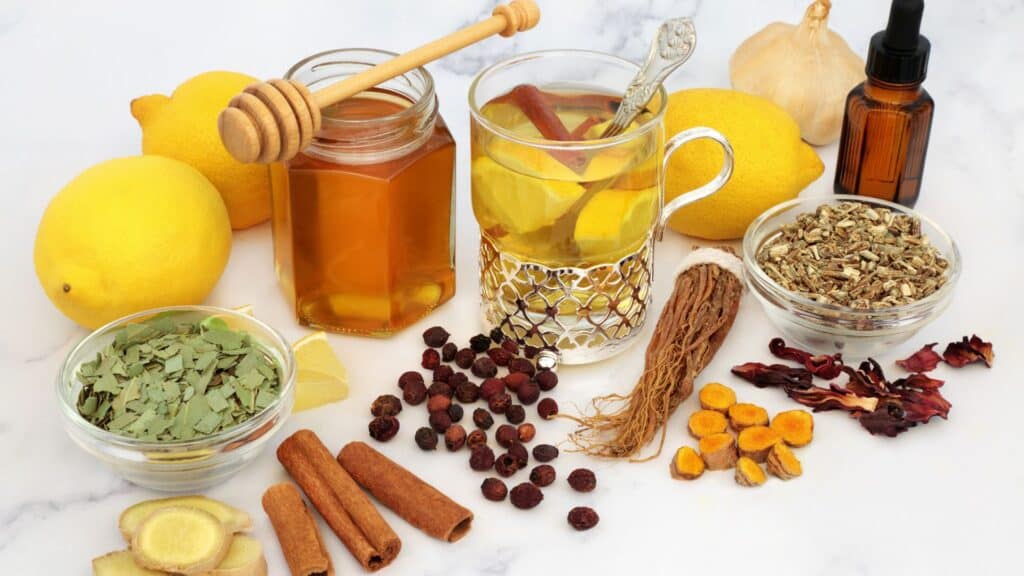
Incorporating herbal remedies into your flared rib pain management plan can provide natural relief and support healing.
Turmeric and ginger are powerful anti-inflammatory herbs that can help ease pain and swelling associated with flared ribs.
Turmeric
- It contains curcumin, a potent anti-inflammatory compound
- It can be added to food, brewed into tea, or taken as a supplement
Ginger
- Reduces inflammation and pain
- It can be used fresh in cooking, steeped as tea, or taken in supplement form.
5. Herbal Teas and Essential Oils

Herbal teas and essential oils can offer calming and anti-inflammatory benefits for those with flared rib pain.
Herbal Teas
- Chamomile tea: Promotes relaxation and eases muscle tension
- Green tea: Rich in antioxidants that help reduce inflammation
- Peppermint tea: Soothes pain and relaxes muscles
Essential Oils
- Lavender oil: Provides stress relief and promotes relaxation when used in aromatherapy or massage
- Eucalyptus oil: Has pain-relieving and anti-inflammatory properties when applied topically
- Peppermint oil: Cools and soothes sore muscles when used in massage or aromatherapy
Stretches to Fix a Rib Flare
6. Thoracic Extension Stretch

The thoracic extension stretch is an effective way to improve flexibility and reduce tension in the upper back, which can help alleviate flared rib pain.
Step-By-Step Instructions
- Find a comfortable spot on the floor and sit with your legs extended in front of you. Alternatively, sit on a chair with your feet flat on the ground.
- Place a foam roller or rolled-up towel at the base of your shoulder blades, just below your neck.
- Gently lean back over the foam roller, supporting your head with your hands to avoid neck strain.
- Allow your upper back to arch over the roller while keeping your lower back neutral.
- Hold this position for 10-15 seconds, focusing on taking deep, controlled breaths.
- After holding, roll the foam roller slightly higher up your back and repeat the stretch.
- Perform 3-5 repetitions of the thoracic extension stretch, moving the roller higher up your back each time.
- Remember to breathe deeply throughout the stretch, which helps relax your muscles and promotes better circulation.
7. Child’s Pose
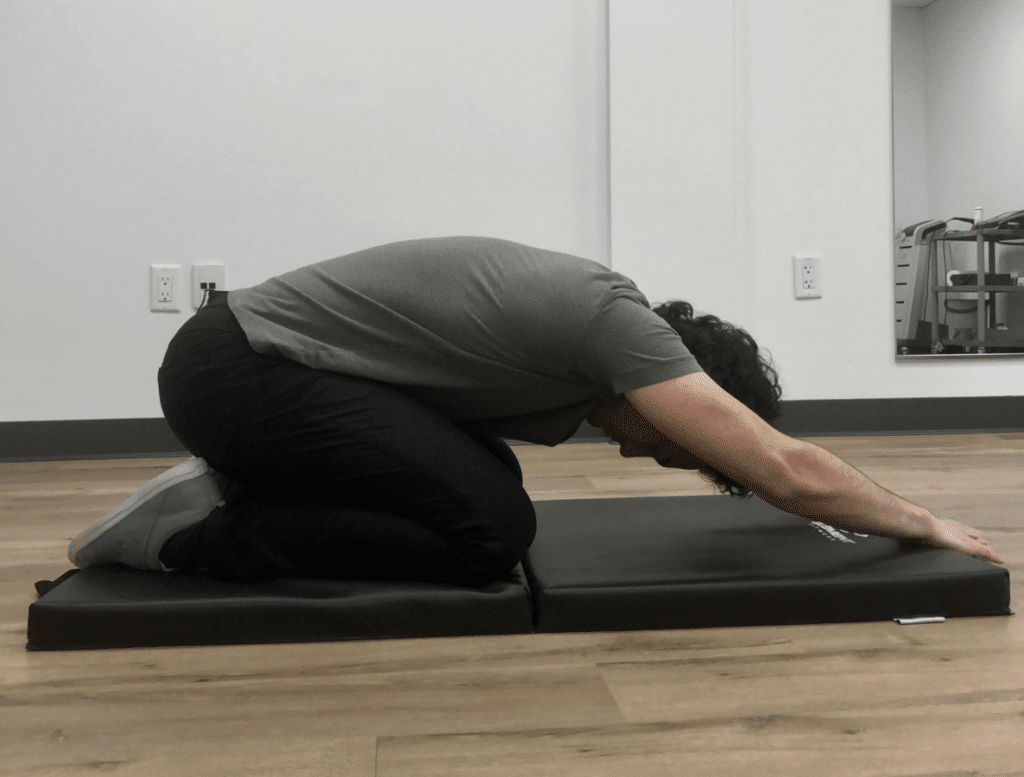
Child’s pose is a gentle yoga stretch that targets the back, hips, and shoulders, promoting relaxation and relieving tension in the upper body.
Detailed Guide to Perform
- Begin by kneeling on the floor, bringing your big toes together, and sitting back on your heels.
- Spread your knees about hip-width apart, creating space for your torso.
- As you exhale, slowly lower your torso between your thighs, reaching your arms forward.
- Allow your forehead to rest on the mat, and turn your palms to face down.
- If it’s more comfortable, you can rest your arms alongside your body, with your palms facing up.
- Hold the pose for 30 seconds to 2 minutes, focusing on deep, even breaths.
- If you experience discomfort in your knees or hips, place a folded blanket or cushion between your thighs and calves for added support.
- If your forehead doesn’t comfortably reach the floor, you can also place a rolled-up towel or cushion under it.
8. Cat-Cow Stretch
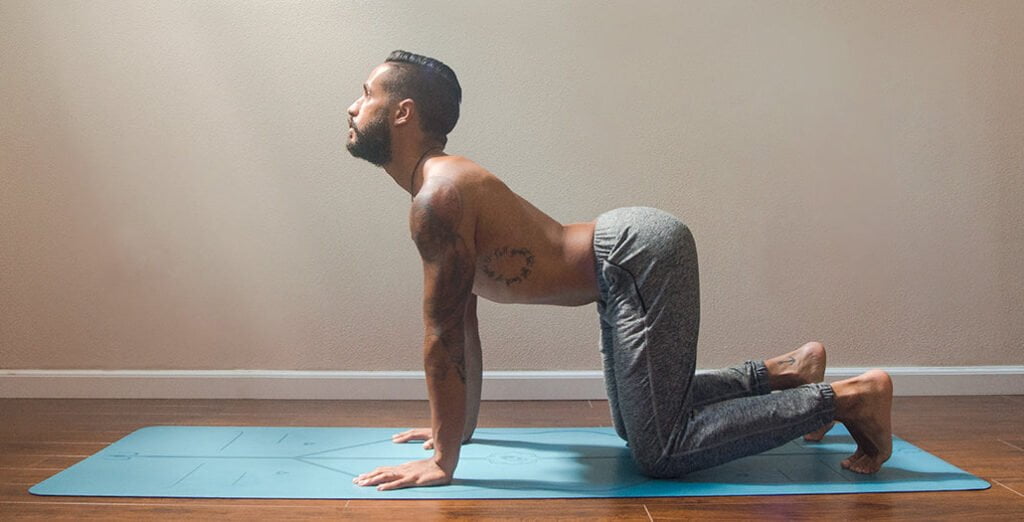
The cat-cow stretch is a flowing yoga movement that helps improve spinal flexibility, promotes better posture, and relieves tension in the back and chest.
How to Perform
- Start on your hands and knees in a tabletop position, with your hands directly under your shoulders and your knees under your hips.
- Keep your spine neutral and your gaze directed towards the floor.
- As you exhale, round your spine towards the ceiling, tucking your tailbone under and drawing your chin towards your chest.
- Hold this position for a few seconds, feeling the stretch along your entire spine.
- On your next inhale, arch your back, lifting your tailbone and head towards the ceiling.
- Keep your shoulders away from your ears and your gaze forward.
- Hold this position for a few seconds, feeling your chest and abdomen stretch.
- Repeat the cat-cow sequence 10-15 times, moving smoothly between the two poses with each breath.
- Focus on synchronizing your movement with your breath, inhaling during cow pose and exhaling during cat pose.
9. Chest Opener Stretch
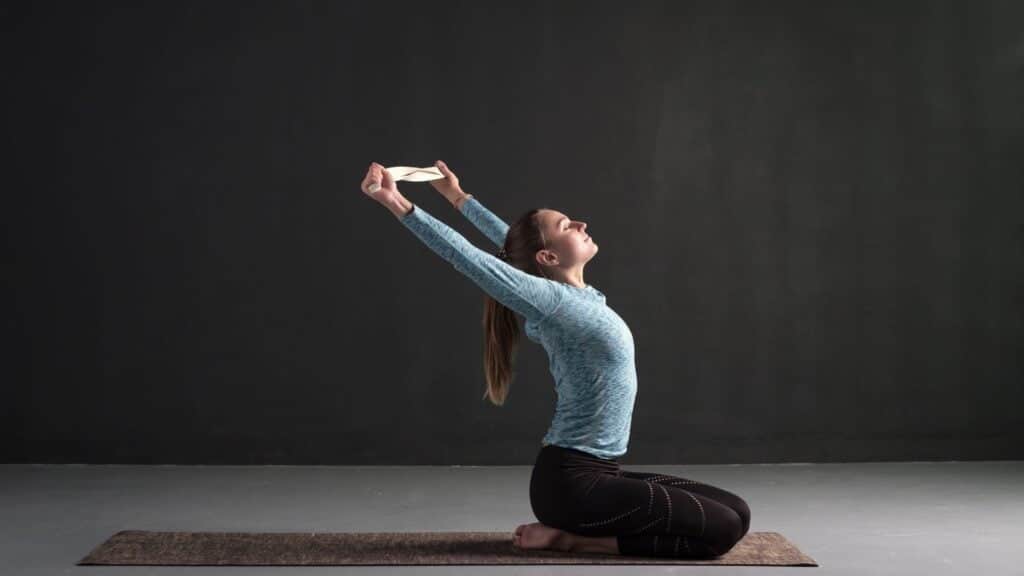
The chest opener stretch targets the pectoral muscles and the front of the shoulders, helping to improve posture and reduce tension in the upper body.
Detailed Steps to Perform
- Stand facing a wall or doorway about an arm’s length away.
- Place your forearm vertically against the wall, with your elbow at shoulder height and your palm facing forward.
- Press your chest forward, turning your body away from the wall and feeling the stretch in your chest and shoulder.
- Hold this position for 15-30 seconds, focusing on deep, even breaths.
- After holding, return to the starting position and repeat the stretch on the opposite side.
- To target different parts of your chest muscles, adjust the height of your elbow on the wall.
- Step closer to the wall or doorway for a deeper stretch, keeping your arm in place.
10. Side Stretch

The side stretch helps lengthen the muscles along the sides of your torso, improving flexibility and reducing tension that can contribute to flared rib pain.
Detailed Steps to Perform
- Stand with your feet shoulder-width apart, maintaining good posture with relaxed shoulders.
- Raise your left arm overhead, keeping your elbow straight and your palm facing inward.
- Gently lean your torso to the right, reach your left arm over your head, and feel the stretch along your left side.
- Keep your right hand on your hip for added support, or gently slide it down your right leg for a deeper stretch.
- Hold this position for 15-30 seconds, focusing on deep, even breaths.
- After holding, return to the starting position and repeat the stretch on the opposite side, raising your right arm and leaning to the left.
- If you have difficulty balancing, stand near a wall and place your opposite hand on the wall for support.
- To deepen the stretch, gently push your hips to the opposite side as you lean.
Exercises to Strengthen Muscles
11. Plank Variations
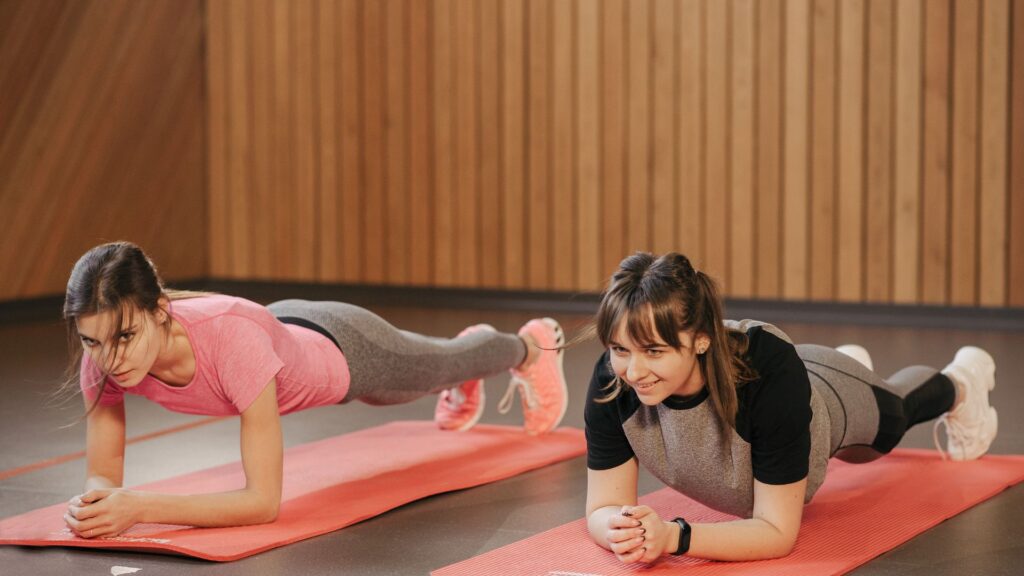
Plank exercises are excellent for strengthening the core muscles, which can help alleviate flared rib pain by improving posture and stability.
Instructions for different plank variations:
Standard Plank
- Begin on your hands and knees, with your hands directly under your shoulders.
- Extend your legs, tucking your toes under and lifting your knees.
- Keep your body in a straight line from head to heels.
- Engage your core muscles, keeping your back flat and your hips level.
- Hold this position for 20-60 seconds, maintaining proper form and breathing steadily.
Forearm Plank
- Begin by lying on your stomach, then lift onto your forearms and toes.
- Keep your elbows directly under your shoulders and your forearms parallel.
- Lift your body off the ground, forming a straight line from head to feet.
- Engage your core muscles, ensuring your hips remain level and your back flat.
- Hold the position for 20-60 seconds, breathing steadily throughout.
Side Plank
- Lie on your side with your feet stacked and your elbow directly under your shoulder.
- Place your forearm on the ground, perpendicular to your body.
- Lift your hips off the ground, creating a straight line from head to feet.
- Hold this position for 20-30 seconds, engaging your core and keeping your body aligned.
- Lower your hips back to the ground and repeat on the opposite side.
Plank with Leg Lift
- Begin in a standard plank position, with your hands directly under your shoulders and your feet together.
- While maintaining a straight line from head to heels, lift one leg off the ground, keeping it straight and parallel to the floor.
- Hold the lifted leg for a few seconds, then lower it back to the starting position.
- Repeat with the other leg, alternating sides for 10-12 repetitions per leg.
12. Dead Bug Exercise
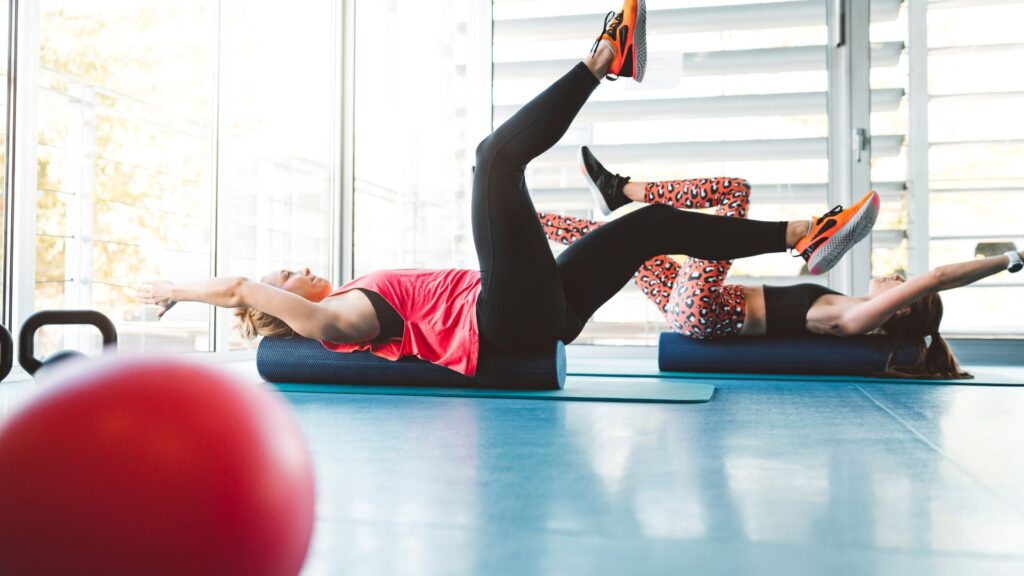
The dead bug exercise is a great way to target your deep core muscles, which can help stabilize your spine and alleviate flared rib pain.
Step-By-Step Guide
- Lie on your back with your arms extended towards the ceiling, directly above your shoulders.
- Bend your knees to a 90-degree angle, with your shins parallel to the floor.
- Engage your core muscles, pressing your lower back into the ground.
- Slowly lower your right arm and left leg towards the floor, keeping them straight and parallel.
- Stop when your arm and leg are just above the floor, then slowly return to the starting position.
- Repeat the movement with your left arm and right leg.
- Perform 10-12 repetitions per side, focusing on maintaining control and keeping your lower back pressed into the ground throughout the exercise.
13. Wall Angels
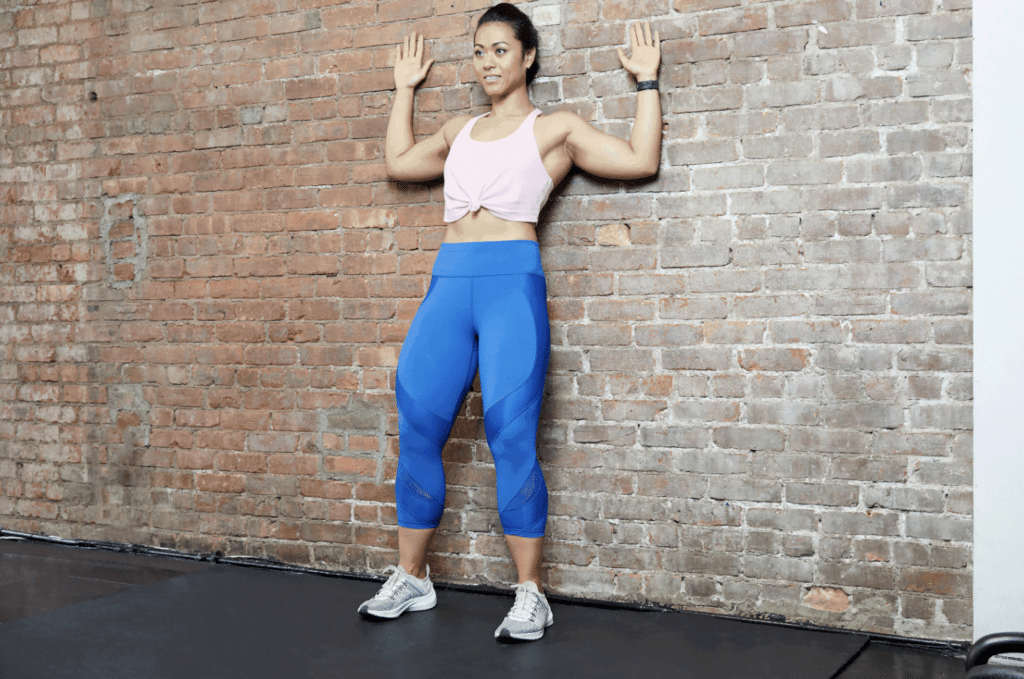
Wall angels help improve posture and strengthen the muscles in your upper back and shoulders, which can help reduce flared rib pain.
Execution Instructions
- Stand with your back against a wall, with your feet about 6 inches away.
- Press your lower back, upper back, and head against the wall, keeping your spine neutral.
- Bend your elbows to 90 degrees, with your upper arms parallel to the floor and your palms facing forward.
- Slowly slide your arms up the wall, straightening your elbows and bringing your hands together above your head to form a “Y” shape.
- Keep your back and head pressed against the wall throughout the movement.
- Slowly lower your arms back to the starting position, maintaining contact with the wall.
- Perform 10-15 repetitions, focusing on keeping your rib cage down and your back flat against the wall throughout the exercise.
14. Seated Forward Bend

The seated forward bend stretch helps lengthen the muscles in your lower back and hamstrings, alleviating tension and pain in the rib area.
How to Perform Correctly
- Sit on the floor with your legs extended straight before you, keeping your feet flexed.
- Place your hands on your thighs or at your sides.
- Inhale deeply, lengthening your spine, and sitting up tall.
- As you exhale, hinge at your hips and reach towards your toes, keeping your back straight and your core engaged.
- Hold the position for 20-30 seconds, breathing deeply and focusing on relaxing into the stretch.
- Inhale and slowly roll back up to the starting position, vertebra by vertebra.
- Repeat the stretch 2-3 times, aiming to deepen the stretch with each repetition while maintaining a straight back.
15. Bridge Pose

The bridge pose helps strengthen the muscles in your back, glutes, and hamstrings, which can help improve posture and reduce flared rib pain.
Detailed Execution Guide
- Lie on your back with your knees bent and your feet flat on the floor, hip-width apart.
- Place your arms at your sides, with your palms facing down.
- Press your feet into the floor and lift your hips towards the ceiling, engaging your glutes and core muscles.
- Keep your thighs parallel and your chest lifted towards your chin.
- Hold the position at the top for a few seconds, maintaining a strong, stable bridge.
- Slowly lower your hips back to the floor, vertebra by vertebra.
- Perform 10-15 repetitions, holding each lift at the top of the movement for a few seconds.
- Focus on engaging your core and glutes throughout the exercise to maintain proper form and alignment.
When to Seek Medical Advice
While many cases of flared rib pain can be managed at home with natural remedies and exercises, there are certain situations where seeking medical advice is crucial.
It’s important to listen to your body and recognize when professional help is needed.
1. Persistent Pain
If you’ve been consistently applying home remedies and performing targeted exercises, but your rib pain persists or worsens, it’s time to consult a healthcare professional.
Chronic pain that doesn’t respond to self-care measures may indicate a more serious underlying condition that requires medical attention.
2. Breathing Difficulties
Flared ribs can sometimes affect breathing patterns, causing discomfort or shallow breaths.
However, if you experience significant difficulty breathing, shortness of breath, or a feeling of tightness in your chest, seek medical help immediately. These symptoms could signal a more severe issue, such as a respiratory disorder or a heart condition.
3. Severe Discomfort
If your rib pain is severe enough to interfere with your daily activities, such as work, sleep, or self-care, it’s essential to consult a doctor.
Pain that consistently disrupts your quality of life should not be ignored, as it may indicate a more serious problem that requires professional intervention.
Summing It Up
Flared ribs can be painful and frustrating, but numerous natural remedies and stretches can help alleviate discomfort and improve overall rib health.
You can effectively manage flared rib pain and prevent future occurrences by incorporating posture correction, breathing exercises, targeted stretches, and strengthening exercises into your daily routine.
Additionally, staying hydrated, consuming an anti-inflammatory diet, and using herbal remedies can further support your body’s natural healing process.
Remember, consistency is key when managing flared ribs, and it’s essential to listen to your body and seek medical advice if symptoms persist or worsen.
By taking a proactive approach to your rib health, you can reclaim comfort, improve your posture, and enjoy a better quality of life.

